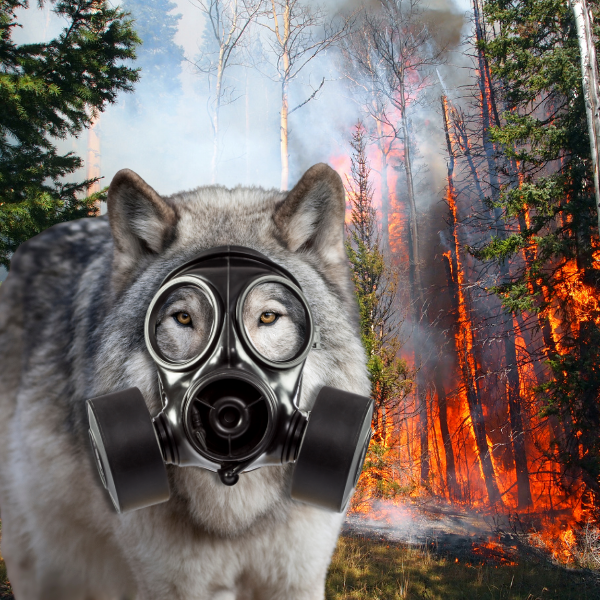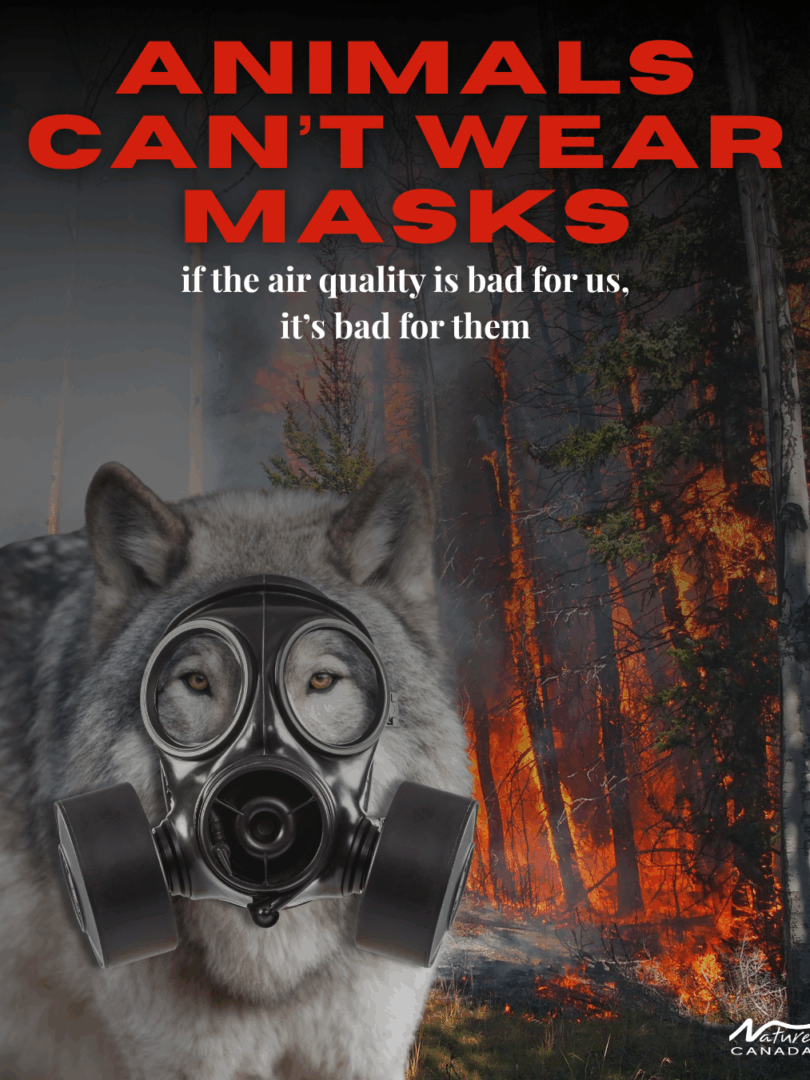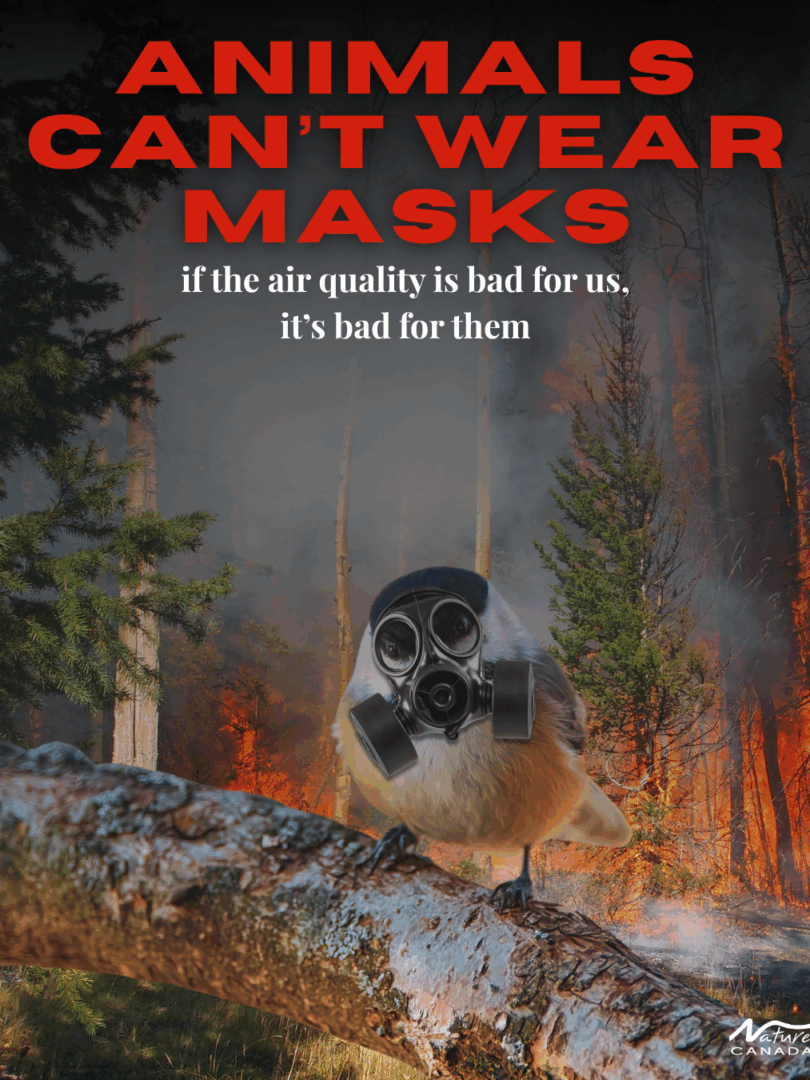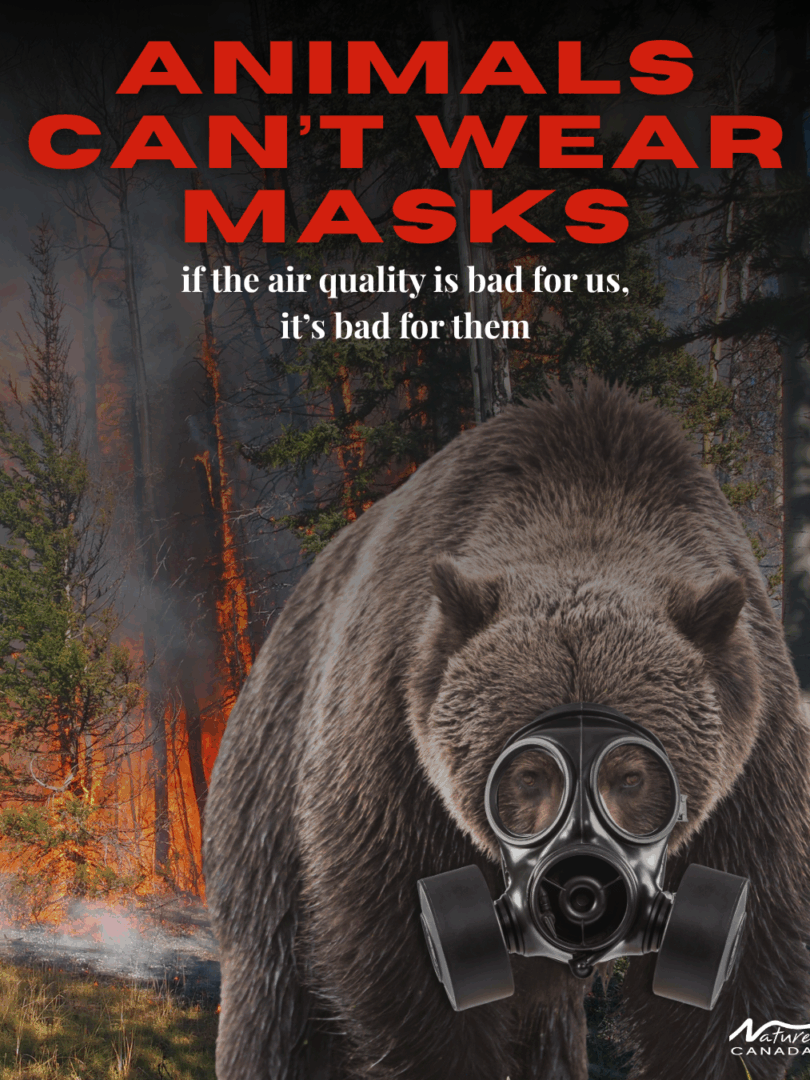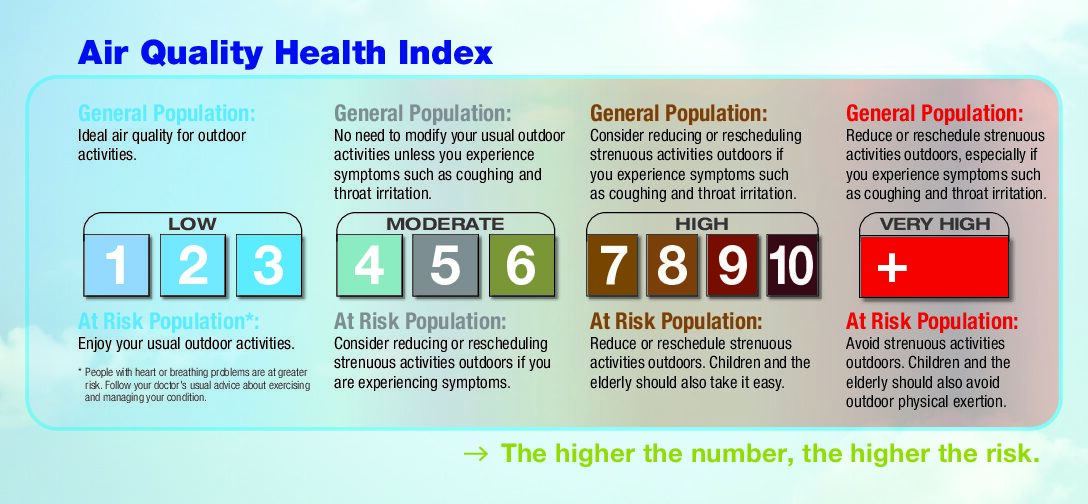So, how exactly does wildfire smoke affect our bodies?
Inhaling anything that’s burning is detrimental to health. Whether it’s wildfire smoke, cigarette smoke, or fossil fuel combustion from vehicle tailpipes, the act of breathing in these byproducts introduces harmful substances into our system.
Wildfire smoke, in particular, is a toxic cocktail of pollutants. It contains ozone and nitrogen dioxide, but the primary concern from a health perspective is fine particulates. These microscopic particles are incredibly dangerous because they can travel deep into our bloodstream, reaching and affecting every single organ in our body, including our brain. This widespread distribution can trigger inflammation and oxidative stress, leading to cellular damage and impaired organ function. And it’s not just burning forests; when wildfires consume buildings and industrial infrastructure, they can release an even broader spectrum of hazardous toxins.

Credit: Jen Burgess/IsolineStudios for BC Centre for Disease Control.
Short-Term Irritation, Long-Term Threats
Many of us are familiar with the immediate, short-term symptoms of smoke exposure: coughing, irritated eyes, and sore throats. However, the long-term consequences are far more concerning. Emerging evidence, primarily gathered over the last decade due to the accelerating impact of climate change, points to a higher risk of serious conditions like lung cancer and brain tumors.
Perhaps most alarming is the impact of in utero exposure. Babies exposed to wildfire smoke before birth can experience birth defects, have low birth weight, and develop respiratory problems as they grow into childhood. This highlights the profound and lasting impact of these environmental factors on our most vulnerable populations.
Our Furry, Feathered, and Scaly Friends
As humans, we often focus on our own health and well-being. But it’s vital to remember that we are all part of a larger ecosystem. Wildfire smoke affects not just us, but also our pets, livestock, and the wild animals with whom we share the planet.
A 2022 review in Environmental Research Letters synthesized existing research on how wildfire smoke impacts wildlife, and the findings are clear: animals are vulnerable to the same health problems we face, and in some cases, even more so. The review, titled “A review of the effects of wildfire smoke on the health and behavior of wildlife,” found that smoke inhalation can lead to carbon monoxide poisoning, respiratory distress, and cardiovascular disease in a wide variety of animals, from mammals to birds and even aquatic species. For example, a mass avian mortality event in the western U.S. in 2020, which killed an estimated one million birds, was linked to extensive wildfire smoke.
The paper also highlights that animals may change their behavior in response to smoke. While some have evolved to use smoke as a signal to flee or conserve energy, the growing intensity and frequency of wildfires pose a new threat. Smoke can cause confusion and disorientation in large animals and may even reduce a bird’s body mass. This is a stark reminder that the health of our environment and the health of its inhabitants, human and otherwise, are inextricably linked.
When we see hazy skies, we should recognize that the danger is not just to us, but to all living creatures.
